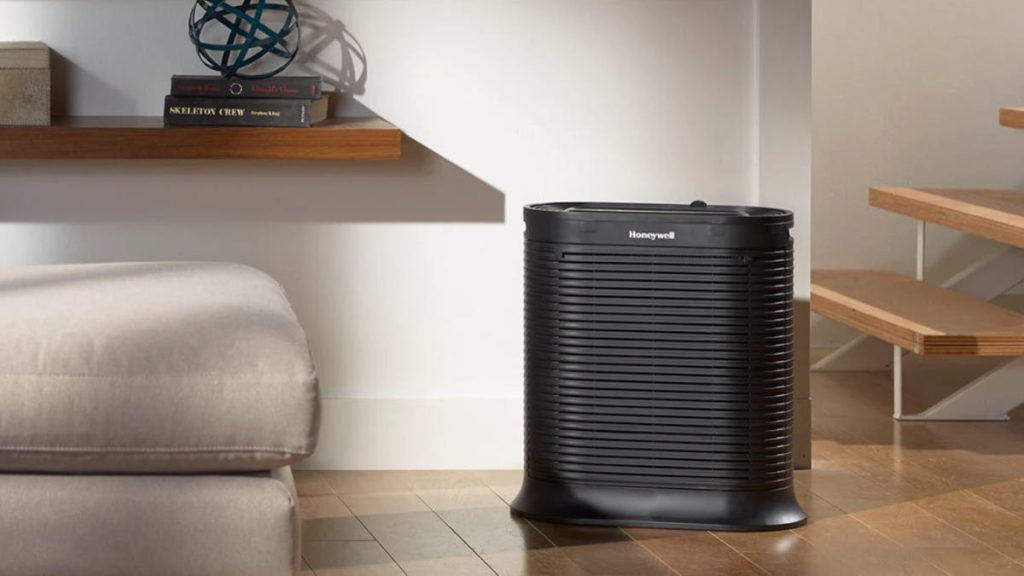CNET embarked on a comprehensive evaluation of 14 popular air purifier models at their Louisville, Kentucky testing facility to determine which ones offered the optimal balance of performance, features, and value. The rigorous testing process focused on three key aspects: particle removal efficiency, energy consumption, and noise levels. This comprehensive approach aimed to provide consumers with the necessary information to make informed decisions about which air purifier best suits their needs.
The impetus for this testing stems from the concerning reality of air pollution. The air we breathe is a complex mixture of both naturally occurring and human-generated particles. Natural sources include volcanic ash, sulfates, and wildfire smoke. Human activities, particularly urban and industrial emissions, contribute hydrocarbons, nitrogen oxides, and various combustion byproducts. These particles, often microscopic in size, can pose significant health risks.
The EPA highlights the dangers of inhaling these tiny particles, particularly PM10 (less than 10 micrometers in diameter) and PM2.5 (less than 2.5 micrometers). Their minute size allows them to penetrate deep into the respiratory system, reaching the lungs and even entering the bloodstream. This intrusion can impair both lung and heart function, leading to serious health issues. The World Health Organization estimates that millions of deaths annually are attributable to cardiovascular and respiratory problems caused by exposure to particulate matter pollution, underscoring the urgent need for effective air purification.
To accurately assess the performance of the air purifiers, CNET designed a custom testing chamber. This chamber, constructed with a clear plexiglass front panel and gloved hand access ports, allowed for the manipulation of the air purifiers and monitoring equipment within a controlled environment. Two fans ensured thorough mixing of the air and smoke, while vent ports maintained a minimal flow of fresh air. An ignition port facilitated the safe lighting of smoke bombs from outside the chamber, and an exhaust port safely removed the smoke after each test. While not completely airtight, the chamber’s design minimized smoke leakage into the surrounding environment.
The testing methodology centered around creating a particle-saturated environment within the chamber and then measuring how quickly and efficiently each air purifier could cleanse the air. Custom-made smoke bombs, composed of potassium nitrate, sucrose (sugar), and sodium bicarbonate (baking soda), served as the source of particulate matter. The sugar acted as fuel, potassium nitrate as an oxidizer, and baking soda moderated the burn rate for a consistent release of particles. Using a Temtop PMD331 Particle Counter, the team measured the particle concentration, which typically reached between 590 and 610 million particles per cubic meter after igniting a 5-gram smoke bomb. The device recorded particle counts of various sizes, including PM2.5 and PM10, every 15 seconds, providing real-time data on the air purifier’s effectiveness.
The test procedure involved igniting the smoke bomb within the sealed chamber containing the air purifier. Once the particle concentration reached the desired level, the air purifier was activated. The Temtop Particle Counter continuously monitored the decline in particle count, providing a precise measure of the purifier’s performance over time. This controlled environment allowed for consistent and comparable testing across all 14 air purifiers.
Beyond particle removal, the testing also addressed noise levels and energy consumption. A decibel meter measured the noise output of each air purifier at low, medium, and high fan speeds within a sound-isolated studio. This aspect is crucial for users who intend to operate the purifier in noise-sensitive environments, such as bedrooms. Furthermore, a Kill-a-Watt meter measured the power consumption of each unit at different fan speeds, providing valuable insights into the potential impact on energy bills. This comprehensive approach ensured that the evaluation covered not only air purification effectiveness but also practical considerations for everyday use.

